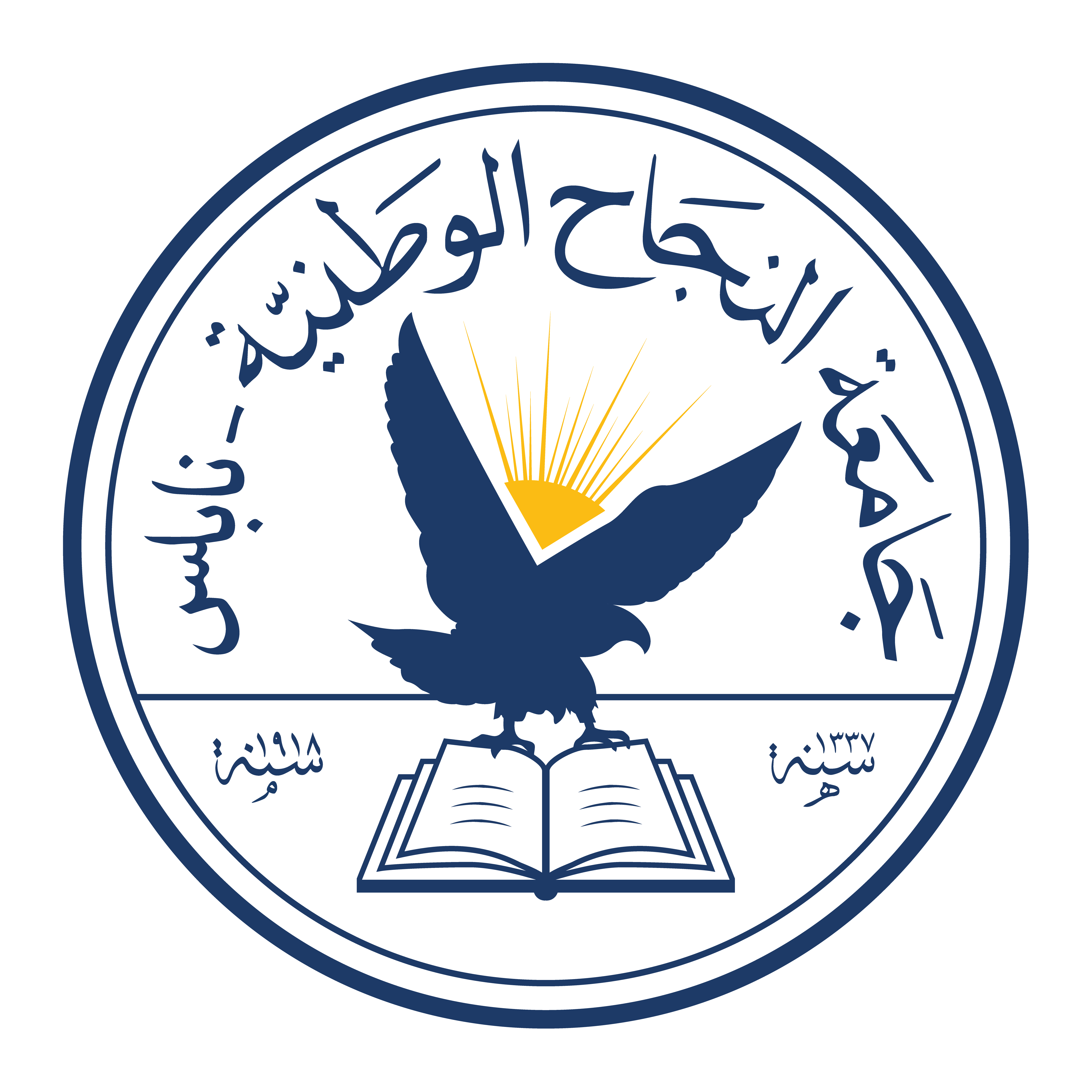
Abstract
The study aimed to investigate the linguistic functions, patterns and translation of chiasmus in the Quran. The sample of the study consisted of 32 different verses from the Quran accompanied with four reliable translations of the Quran, namely Palmer, Arberry, Pickthall and Yusuf Ali to examine how these chiasms translated into English. The study relied on Nida’s (1964) formal approach to translation as a theoretical framework. The study concludes that there are five chiastic patterns in Arabic in the Quran: double-chiasm (AB- BA), tripartite-chiasm (ABC-CBA), quad-chiasm (ABCD-DCBA), quintuple-chiasm (ABCDE-EDCBA) and hexa-chiasm (ABCDEF-FEDCBA). These chiasms are contrasted in the same verse or in the following verse. In addition, all the translators rendered chiasms literally in the Quran to maintain the form and the content of the message in English.
Recommended Citation
Al-Harahsheh, Ahmad
(2021)
"The rhetorical feature of chiasmus in the Quran and its translation into English,"
An-Najah University Journal for Research - B (Humanities): Vol. 35:
Iss.
11, Article 6.
Available at:
https://digitalcommons.aaru.edu.jo/anujr_b/vol35/iss11/6

